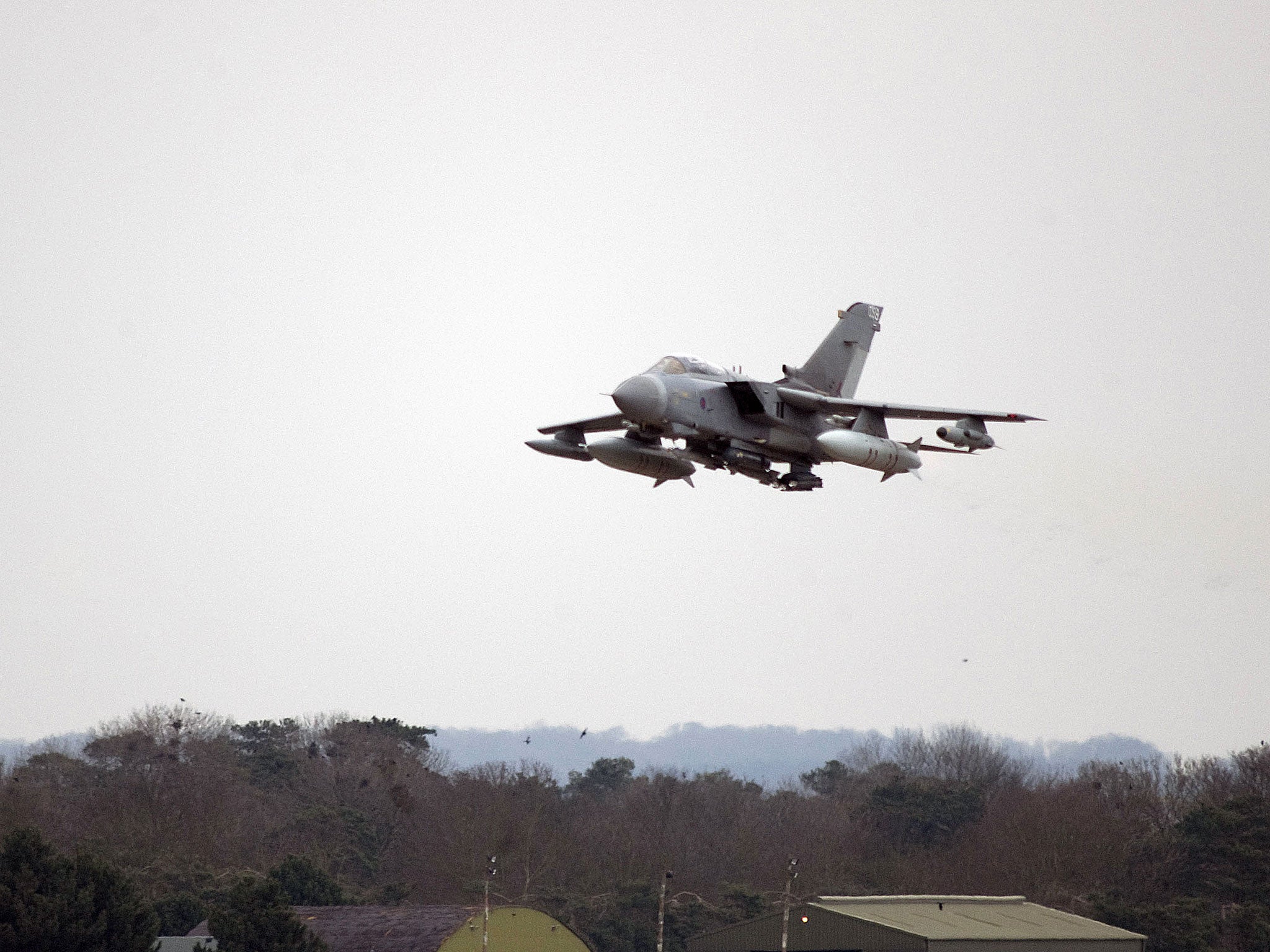Tornado pilot narrowly avoided smashing into glider over Scotland by flipping plane into dramatic inverted loop at 500mph
The RAF pilot was on a low-level training mission when he was forced into a inverted loop manoeuvre

A Tornado fighter pilot narrowly avoided smashing into a glider by flipping his plane into an inverted loop at 500mph, it was revealed today.
The RAF pilot was on a low-level training mission when he was forced into the manoeuvre, known as a 'bunt' just 250ft above the ground.
The pilot had a mere quarter of a second to carry out the aerobatic move after seeing the glider "at the very last moment" and missing it by just 100ft.
The RAF pilot was practicing air-to-air refuelling and air-to-ground weaponry exercises close to Aviemore, in the Cairngorms, in a sortie out of RAF Lossiemouth.
He was travelling along the River Spey near the Highland Wildlife Park.
The white DG-808C motor glider, which has a 22-yard wing span, was flying a route from Portmoak, Kinross, in April.
According to the 'Airprox' report, which logs near-miss incidents in order to help improve flight safety, the pilot said the risk of collision was “very high”.
The report states that the pilot of the £9.4million Tornado fighter spotted the glider at a distance of 500 yards. The report said: “He bunted and passed 100ft below it.
The pilot noted that he had seen the glider at the very last moment.”
If the pilot had attempted to pull up above the glider there would have been a risk that the aircraft's engines would force the glider into spiralling towards the ground.
The UKAB report into the incident concluded that safety of both the aircraft was compromised in the incident was avoided thanks to both pilots taking "effective avoiding action."
The report concluded that: 'No specific flight safety recommendations can be made; both pilots were entitled airspace users in class G [uncontrolled] airspace where the principle of 'see and avoid' is used to prevent collision.
'However, military crews must remain aware that light aircraft, including gliders, can and will operate in class G, from low level below radar coverage, to higher altitudes.'
Subscribe to Independent Premium to bookmark this article
Want to bookmark your favourite articles and stories to read or reference later? Start your Independent Premium subscription today.

Join our commenting forum
Join thought-provoking conversations, follow other Independent readers and see their replies